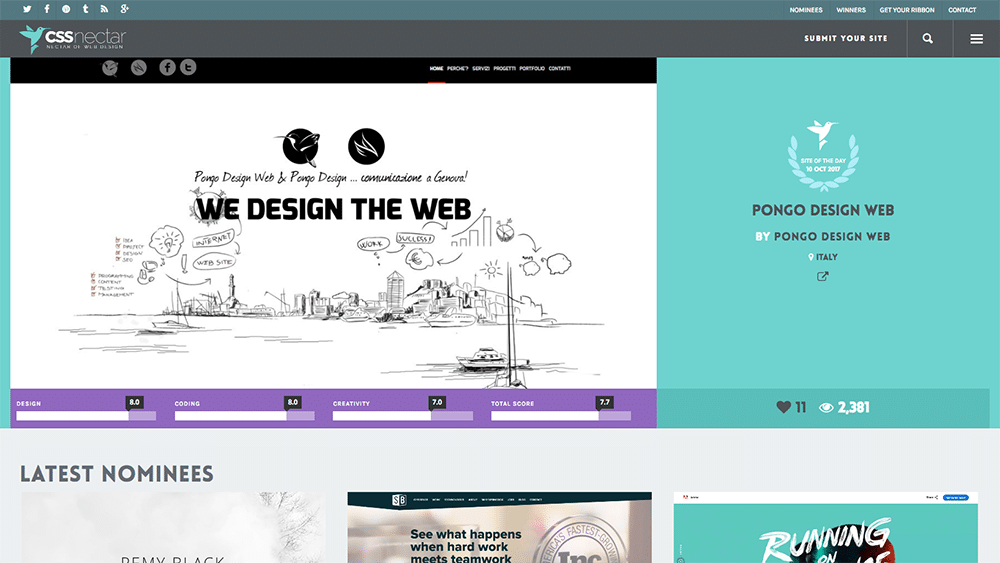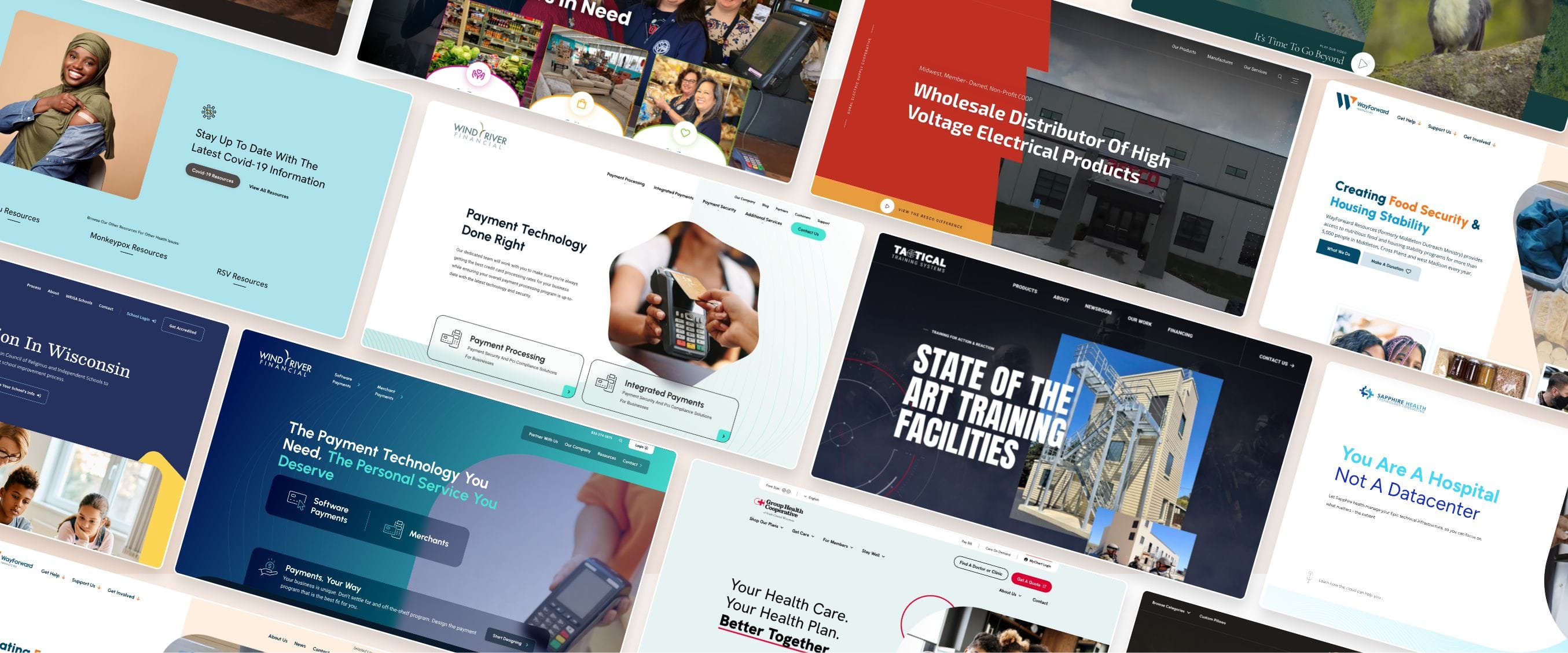Vital Principles of Internet Site Design: Producing User-Friendly Experiences
By focusing on customer requirements and preferences, developers can foster interaction and complete satisfaction, yet the ramifications of these principles prolong past mere capability. Understanding just how they link can dramatically impact a site's total effectiveness and success, motivating a more detailed exam of their private roles and cumulative impact on user experience.

Significance of User-Centered Layout
Focusing on user-centered layout is essential for producing reliable web sites that meet the requirements of their target audience. This method puts the customer at the forefront of the style procedure, making sure that the internet site not only works well but additionally reverberates with customers on an individual degree. By recognizing the users' behaviors, preferences, and objectives, developers can craft experiences that foster involvement and fulfillment.

Furthermore, taking on a user-centered style viewpoint can bring about boosted ease of access and inclusivity, dealing with a diverse audience. By thinking about different customer demographics, such as age, technological effectiveness, and social histories, developers can develop websites that rate and useful for all.
Eventually, prioritizing user-centered design not just boosts customer experience yet can likewise drive essential service end results, such as raised conversion prices and client loyalty. In today's affordable digital landscape, understanding and focusing on user requirements is an essential success variable.
Intuitive Navigating Frameworks
Efficient site navigation is usually an important factor in enhancing individual experience. Instinctive navigation structures enable users to find details rapidly and efficiently, reducing aggravation and enhancing engagement.
To create instinctive navigating, designers must focus on quality. Tags need to be detailed and familiar to individuals, avoiding jargon or uncertain terms. An ordered structure, with main categories causing subcategories, can further assist customers in understanding the partnership in between various sections of the site.
Furthermore, including visual signs such as breadcrumbs can lead individuals through their navigation course, allowing them to conveniently backtrack if required. The incorporation of a search bar also improves navigability, approving users guide accessibility to web content without needing to navigate with several layers.
Receptive and Adaptive Layouts
In today's electronic landscape, ensuring that websites function seamlessly across various gadgets is essential for individual satisfaction - Website Design. Responsive and adaptive designs are two vital approaches that allow this performance, catering to the varied series of screen dimensions and resolutions that individuals may experience
Receptive designs employ fluid grids and adaptable pictures, enabling the internet site to instantly readjust its elements based upon the screen measurements. This strategy gives a regular experience, where content reflows dynamically to fit the viewport, which is particularly valuable for mobile individuals. By using CSS media queries, designers can create breakpoints that enhance the format for different gadgets without the need for different styles.
Adaptive layouts, on the other hand, utilize predefined formats for particular screen dimensions. When a customer accesses the site, the server discovers the gadget and offers the proper design, making certain a maximized experience for varying resolutions. This can bring about much faster loading times and improved performance, as each format is tailored to the device's capacities.
Both responsive and flexible styles are essential for improving individual interaction and satisfaction, ultimately adding to the site's total effectiveness in satisfying its goals.
Regular Visual Pecking Order
Developing a regular aesthetic pecking order is critical for leading individuals via a site's material. This principle makes certain that info is presented in a way that is both intuitive and appealing, allowing users to easily comprehend the product and navigate. A well-defined hierarchy utilizes numerous design aspects, such as dimension, spacing, contrast, and color, to create a clear difference between different sorts of content.

Additionally, constant application of these visual hints throughout the site fosters familiarity and trust. Customers can quickly learn to recognize patterns, making their communications a lot more effective. Ultimately, a solid visual power structure not just improves individual experience yet likewise enhances general site usability, urging deeper engagement and facilitating this link the desired activities Full Article on a site.
Availability for All Users
Accessibility for all customers is a basic facet of site layout that makes certain every person, no matter their specials needs or capabilities, can involve with and gain from on the internet material. Creating with availability in mind involves applying methods that fit diverse individual demands, such as those with aesthetic, acoustic, motor, or cognitive impairments.
One crucial standard is to abide by the Internet Material Ease Of Access Guidelines (WCAG), which supply a structure for creating accessible electronic experiences. This includes using sufficient color contrast, offering text choices for photos, and making certain that navigation is keyboard-friendly. Furthermore, utilizing receptive style techniques makes sure that web sites function properly throughout numerous tools and display sizes, further enhancing availability.
An additional vital variable is using clear, succinct language that prevents jargon, making content understandable for all individuals. Engaging customers with assistive modern technologies, such as screen readers, calls for cautious focus to HTML semiotics and ARIA (Obtainable Rich Web Applications) duties.
Inevitably, focusing on ease of access not only fulfills legal commitments but additionally broadens the audience reach, cultivating inclusivity and enhancing customer contentment. A commitment to accessibility mirrors a dedication to developing equitable electronic environments for all customers.
Conclusion
In conclusion, the crucial principles of web site design-- user-centered style, intuitive navigating, receptive designs, consistent aesthetic pecking order, and availability-- collectively contribute to the development of straightforward experiences. Website Design. By prioritizing individual demands and ensuring that all individuals can successfully involve with the site, designers boost use and foster inclusivity. These principles not only enhance individual satisfaction but also drive positive company results, eventually showing the essential importance of thoughtful site style in today's digital landscape
These techniques supply very useful insights into individual assumptions and pain points, allowing developers to tailor the website's features and content appropriately.Effective website navigation is often a critical element in enhancing user experience.Establishing a regular visual hierarchy is pivotal for leading customers with a web site's material. Ultimately, a solid aesthetic pecking order not only enhances customer experience however likewise improves total website functionality, motivating much deeper interaction and promoting the preferred actions on a website.
These concepts not only improve Recommended Site user satisfaction yet additionally drive favorable service end results, ultimately showing the important value of thoughtful site style in today's digital landscape.